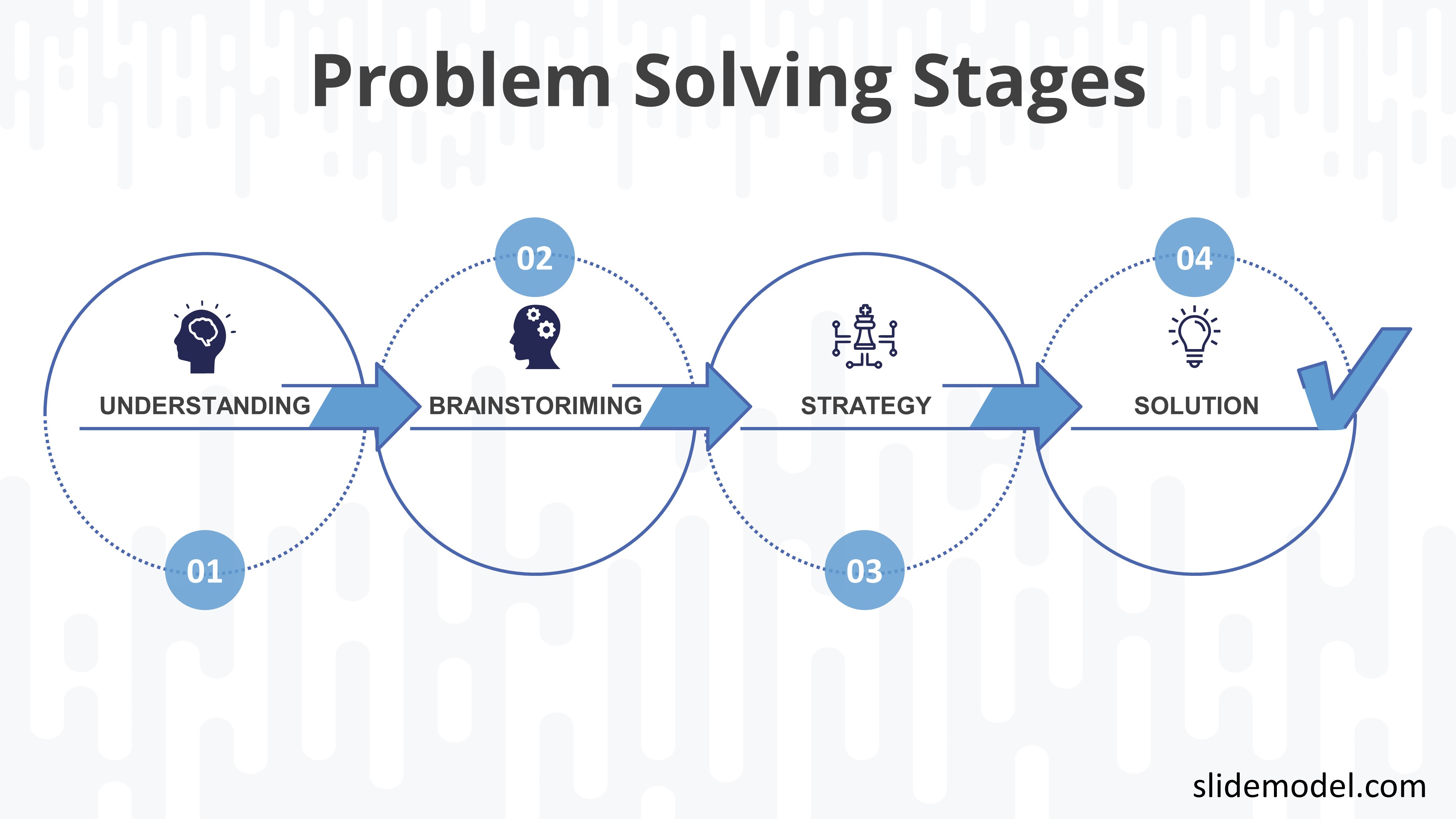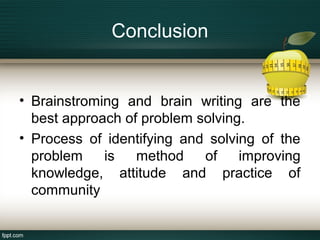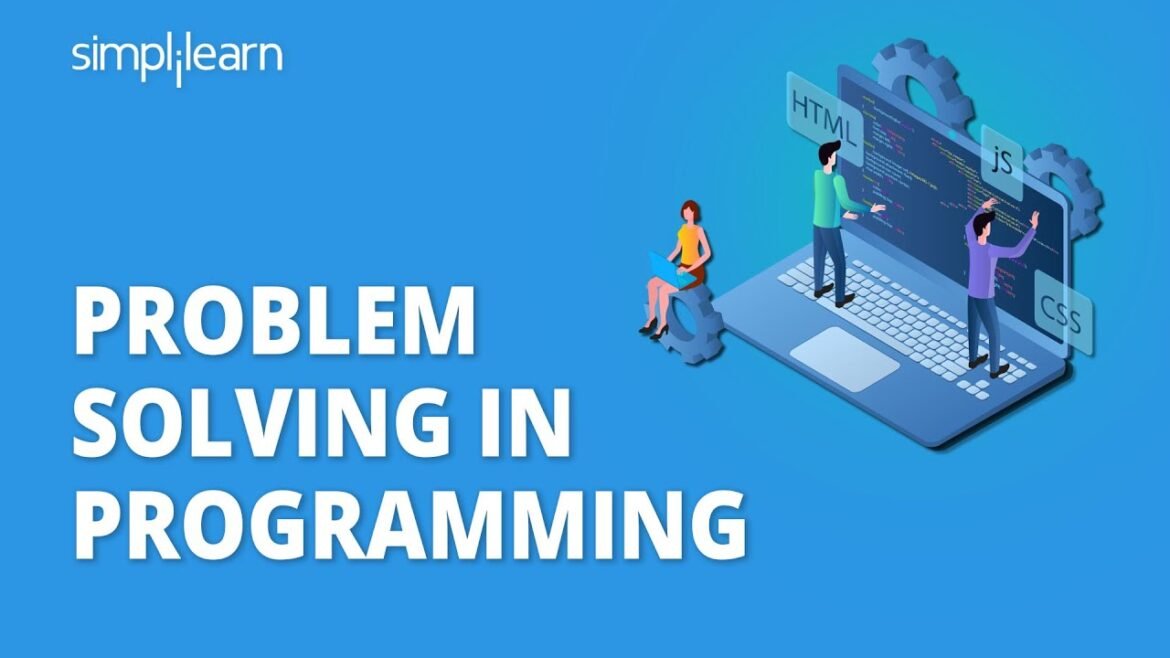
Understanding Problem Solving in Programming
Definition and Overview
At its core, problem-solving in programming involves the process of identifying a challenge, breaking it down into manageable parts, and applying logical reasoning to find solutions. Whether it’s debugging code or designing an algorithm, each problem presents a unique puzzle that requires critical thinking and creativity. Think of programming as a series of riddles where each line of code is a clue that leads to the solution.
To illustrate, consider a simple task of sorting a list of names. The challenge lies in determining the best way to do so efficiently, keeping in mind factors like time complexity and resource management. This very process of evaluating methods and choosing the most effective one is what problem-solving in programming is all about.
Importance of Problem Solving Skills in Programming
Why are problem-solving skills crucial in programming? Here are key points to consider:
- Adaptability: Programmers often encounter new challenges, technologies, and languages. Strong problem-solving skills enable them to adapt swiftly.
- Efficiency: When faced with a problem, those who can pinpoint effective solutions save time and resources, increasing overall productivity.
- Innovation: Creative problem solvers can develop unique solutions that push the boundaries of technology.
In essence, robust problem-solving abilities form the backbone of successful programming and software development, making it vital for aspiring developers to hone these skills.
Problem Solving Approaches
Breaking Down the Problem
Once you grasp the importance of problem-solving skills, the next step is to adopt effective approaches. One of the most powerful strategies is breaking down the problem into smaller, manageable parts. By deconstructing a problem, you can tackle each segment individually.
For example, when designing a weather application, consider breaking the tasks into:
- Gathering data from APIs
- Displaying the data in a user-friendly format
- Implementing features like location search
This segmented approach often clarifies the path to the solution, allowing programmers to focus and streamline their efforts.
Understanding Requirements and Constraints
Equally crucial is the need to understand the requirements and constraints of a problem. Grasping what needs to be accomplished—and what limitations exist—ensures you remain on the right track.
Ask yourself:
- What functionalities are essential?
- Are there performance limitations?
- What is the expected user experience?
By clearly defining these parameters, you strengthen your problem-solving framework and avoid potential pitfalls.
Identifying Patterns and Algorithms
Lastly, recognizing patterns and selecting appropriate algorithms can significantly enhance your problem-solving techniques. Real-world programming scenarios often mirror previous challenges.
A few common patterns to keep in mind are:
- Recursion for problems that can be defined in terms of smaller instances
- Dynamic programming for optimization challenges
By mastering these patterns and algorithms, programmers can efficiently navigate complex problems, building their confidence and proficiency in coding.

Tools and Techniques for Effective Problem Solving
Using Pseudocode
Having established effective approaches to problem-solving, let’s delve into specific tools and techniques that can further strengthen your skills. One invaluable tool is pseudocode, a method of outlining your algorithm in plain language. This technique allows you to focus on the logic without getting bogged down by syntax.
For example, when tackling a sorting algorithm, writing pseudocode can clarify your thought process:
1. Start
2. For each element in the list
a. Compare with the next element
b. Swap if necessary
3. Repeat until sorted
4. EndBy sketching out the steps in this manner, it becomes easier to visualize the solution.
Debugging Strategies
Another essential technique is implementing effective debugging strategies. Debugging can often feel daunting, but a systematic approach helps simplify the process. Some helpful strategies include:
- Print Statement Debugging: Inserting print statements can illuminate code flow and variable values at each step.
- Rubber Duck Debugging: Explaining your code to an inanimate object can lead to breakthroughs in understanding.
Utilizing Data Structures and Algorithms
Lastly, mastering data structures and algorithms enhances your problem-solving capabilities. Understanding when to use arrays, linked lists, stacks, or queues can significantly improve efficiency and performance.
Consider these key points:
- Selecting the right data structure can reduce time complexity.
- Familiarizing yourself with common algorithms (like searching or sorting) can save time during implementation.
By leveraging these tools and techniques, programmers can navigate complex coding challenges with ease and confidence.

Practicing Problem Solving
Participating in Coding Challenges
As we dive deeper into enhancing problem-solving skills, it’s time to explore practical methods to practice these strategies effectively. One exciting way to sharpen your skills is by participating in coding challenges. Platforms like LeetCode, HackerRank, and Codewars offer a plethora of problems that can be tackled based on varying skill levels.
Engaging in coding challenges not only promotes critical thinking but also exposes you to different approaches and solutions. Here’s what to consider:
- Start with easy problems to build confidence.
- Gradually progress to medium and hard challenges to stretch your abilities.
- Join contests to experience real-time problem-solving under time constraints.
Building Projects to Enhance Skills
Another powerful method is building personal projects. This approach allows you to implement what you’ve learned in a tangible way. For instance, creating a personal budget tracker or a simple game can challenge your coding skills and solidify your understanding of data structures and algorithms.
When starting a project, remember to:
- Define the project scope and functionalities clearly.
- Utilize version control systems like Git to manage your code efficiently.
By actively participating in coding challenges and working on projects, programmers can create a robust skill set that serves them well in real-world applications.

Improving Problem Solving Skills
Continuous Learning and Practice
After actively engaging in coding challenges and personal projects, the journey of improving problem-solving skills continues with a commitment to continuous learning and practice. The tech landscape is ever-evolving, and staying updated is key. For example, dedicating time each week to study new programming languages, frameworks, or algorithms can keep skills sharp and expand your toolkit.
Consider these tips:
- Join online courses: Platforms like Udemy and Coursera offer courses on algorithms, data structures, and problem-solving strategies.
- Read books or articles: Having a reading list of influential programming books can deepen your understanding.
- Set aside time for practice: Regularly solving problems on platforms like CodeSignal can instill discipline and reinforce knowledge.
Seeking Feedback and Collaboration
In addition to self-study, seeking feedback and collaboration is vital for growth. Sharing your solutions with peers or mentors can provide insights you may not have considered.
- Join coding communities: Being part of forums or groups on platforms like GitHub or Stack Overflow allows you to exchange ideas.
- Pair programming: Collaborating with others on code can reveal different perspectives and techniques that enhance your problem-solving approach.
By embracing continuous learning and actively seeking collaboration, programmers can significantly elevate their problem-solving skills, making them more versatile and informed developers.

Handling Challenges in Problem Solving
Dealing with Complexity
Despite the best efforts at continuous learning and collaboration, programmers often encounter challenges, especially when dealing with complex problems. Complexity can stem from ambiguous requirements, large datasets, or intricate algorithms. To tackle this, it’s essential to simplify and strategize.
Here are a few techniques for managing complexity:
- Divide and Conquer: Break the problem into smaller, manageable parts, as discussed earlier. Focus on solving each part individually before reintegrating them into a complete solution.
- Create Flowcharts or Diagrams: Visualizing the problem can help clarify connections and dependencies, making it easier to navigate the complexity.
- Incremental Development: Instead of trying to solve the entire problem at once, develop your solution in iterations, testing and refining as you go.
Overcoming Mental Blocks
Another common challenge is encountering mental blocks. This can be frustrating, especially during late-night coding sessions. If you feel stuck, here are some strategies to regain your momentum:
- Take Breaks: Sometimes, stepping away from the screen for a short break can refresh your mind and spark new ideas.
- Change Your Environment: A new perspective can work wonders. Try moving to a different space, whether it’s a café or a quiet room.
- Engage in Activities You Enjoy: Activities like walking, exercising, or even doodling can stimulate creativity and help overcome barriers.
By employing these techniques, programmers can effectively navigate complexity and break through mental blocks, enhancing their overall problem-solving prowess.

Real-World Problem Solving Scenarios
Applying Problem-Solving Skills in Software Development
The ability to solve problems is crucial in real-world software development scenarios. From debugging code to architecting complex systems, programmers frequently face challenges that demand creative solutions. For instance, imagine a situation where an application is running slow. A developer might start with analysis, identifying bottlenecks through profiling.
To address this, they might:
- Optimize algorithms for better efficiency.
- Refactor the code to improve readability and performance.
- Implement caching strategies to reduce load times.
Each of these steps requires not just technical knowledge but also a systematic problem-solving approach that evolves with experience.
Problem Solving in Tech Interviews
Tech interviews present a different yet equally important challenge. Candidates are often asked to solve coding problems on the spot, evaluating their problem-solving abilities under pressure. A common interview scenario might involve algorithms or data structures.
To excel, applicants can:
- Practice coding problems beforehand on platforms like LeetCode or HackerRank.
- Understand the importance of explaining their thought process aloud. This practice not only clarifies their reasoning for the interviewer but also helps uncover any potential flaws in their approach.
By honing these problem-solving skills, both in daily workflows and during interviews, developers can confidently tackle challenges and showcase their expertise.

Conclusion
Recap of Problem-Solving Strategies
As we wrap up our exploration of problem-solving in programming, it’s valuable to recap the strategies we’ve discussed. Effective problem-solving not only requires a solid understanding of techniques but also the ability to apply them in various scenarios. Here are some key takeaways:
- Break Down Problems: Don’t shy away from complexity; dissect problems into manageable parts.
- Utilize Pseudocode: This helps clarify thought processes before jumping into actual coding.
- Engage in Continuous Learning: Stay current with evolving technologies by participating in coding challenges and educational courses.
- Seek Feedback: Collaborating with others or reviewing feedback can reveal new insights and refine your skills.
Encouragement for Ongoing Skill Development
Remember, the journey of improving problem-solving skills is ongoing. Embrace each challenge as a learning opportunity. Just as seasoned developers have honed their abilities through practice and perseverance, you too can cultivate your skills over time.
So, keep pushing your boundaries, participate in community discussions, and don’t hesitate to ask for help. The programmer’s world is vast and full of possibilities, and with each problem solved, you’re building a stronger foundation for your future endeavors. Stay curious, and enjoy the process!

